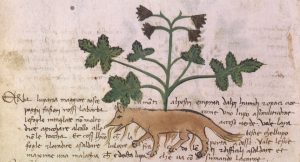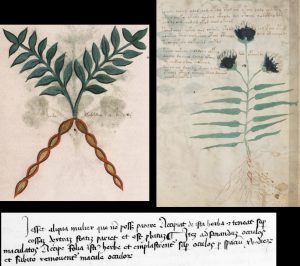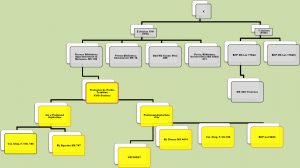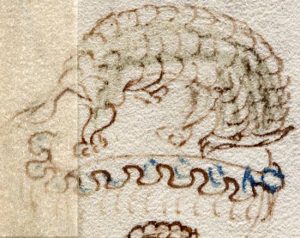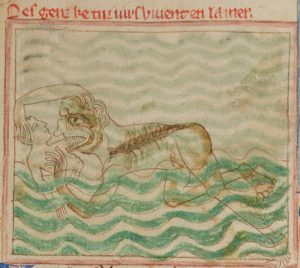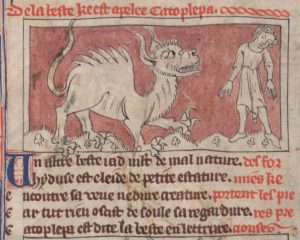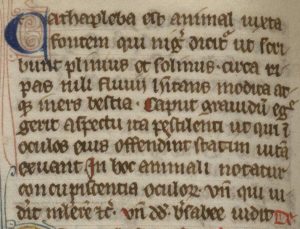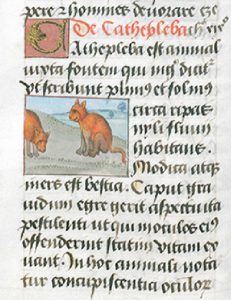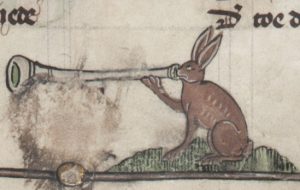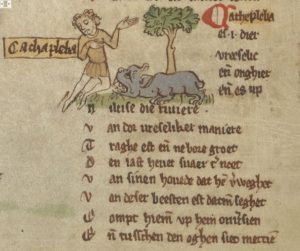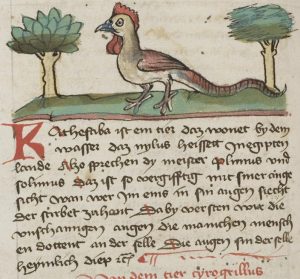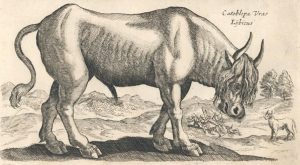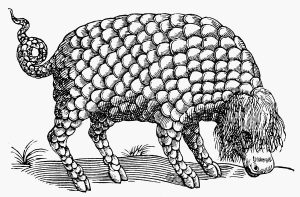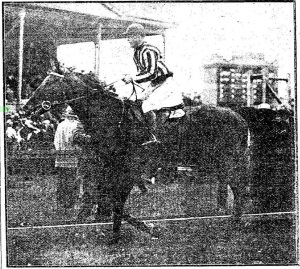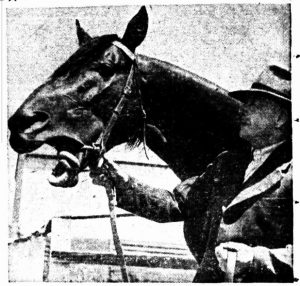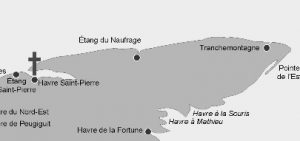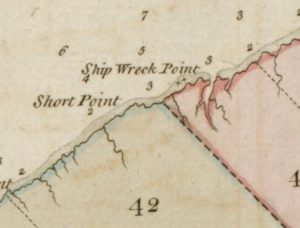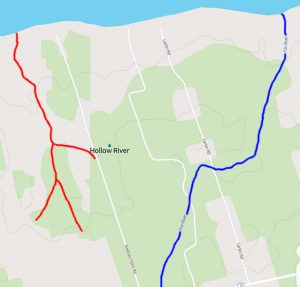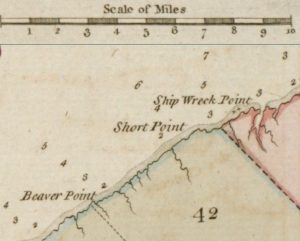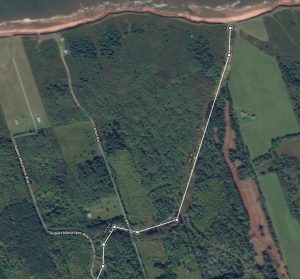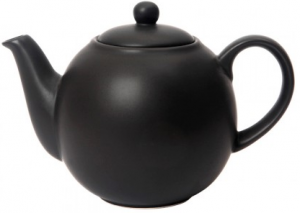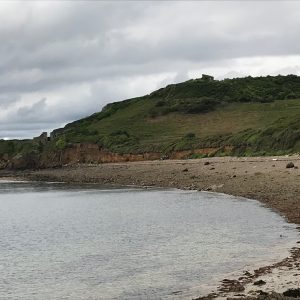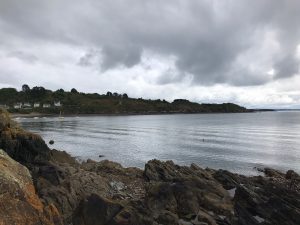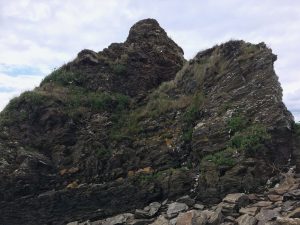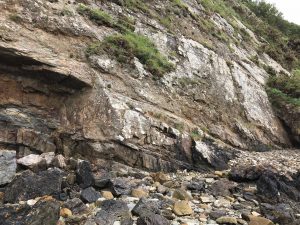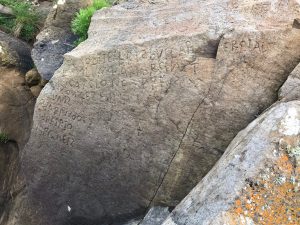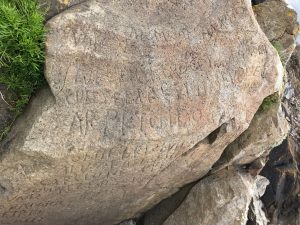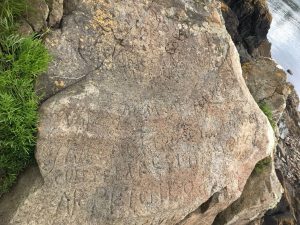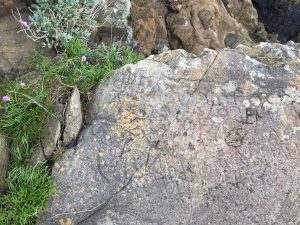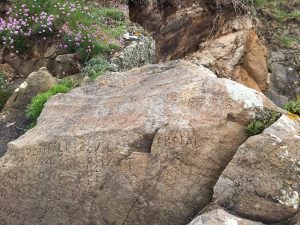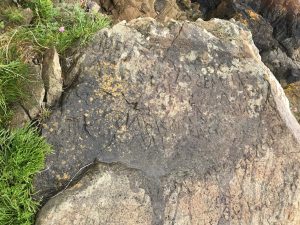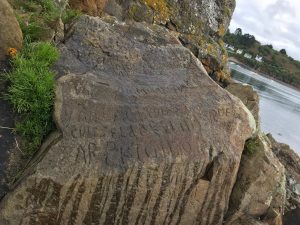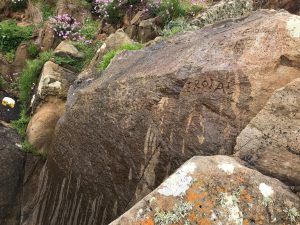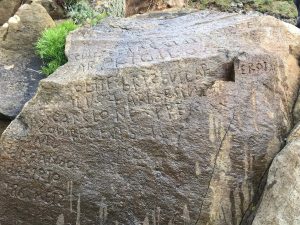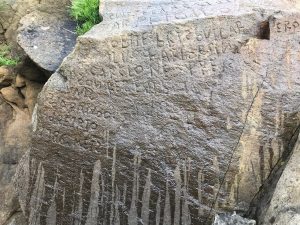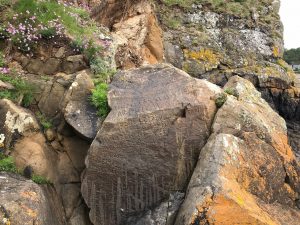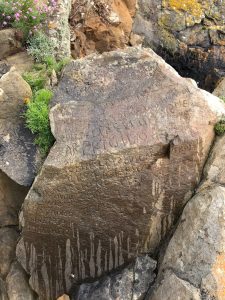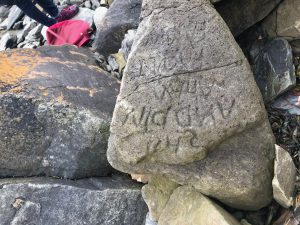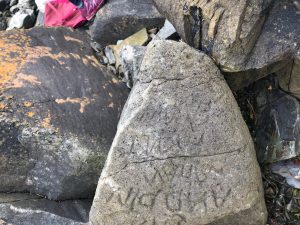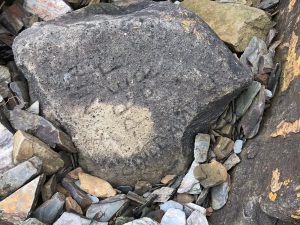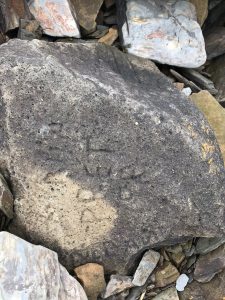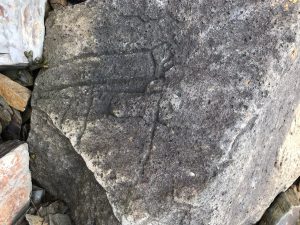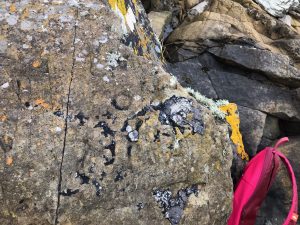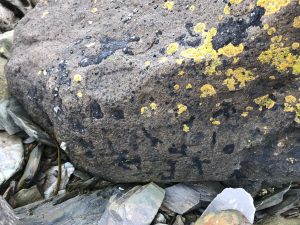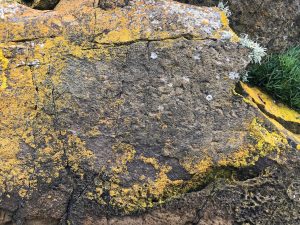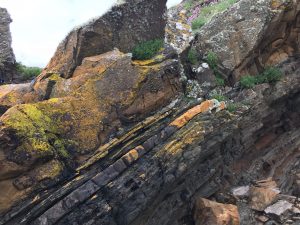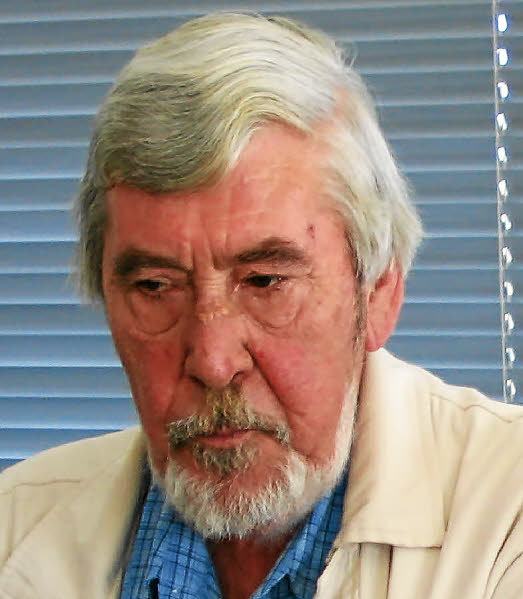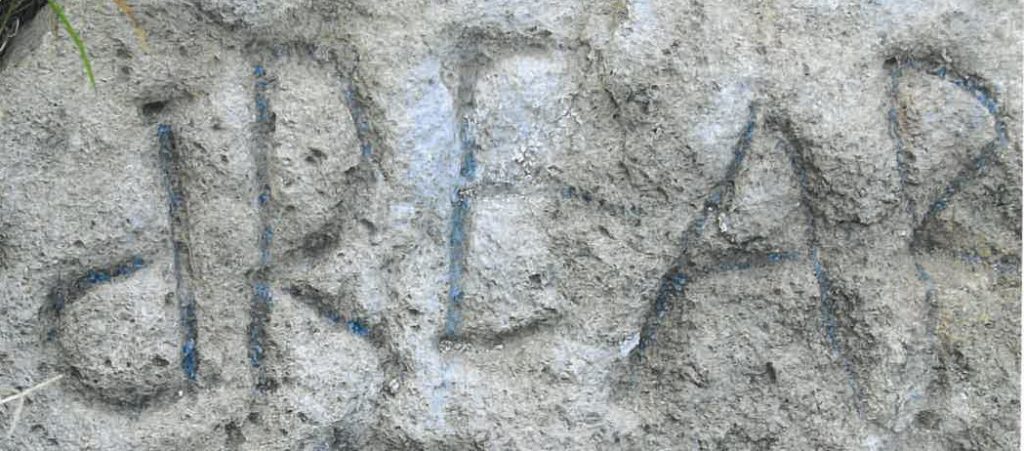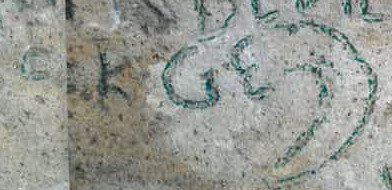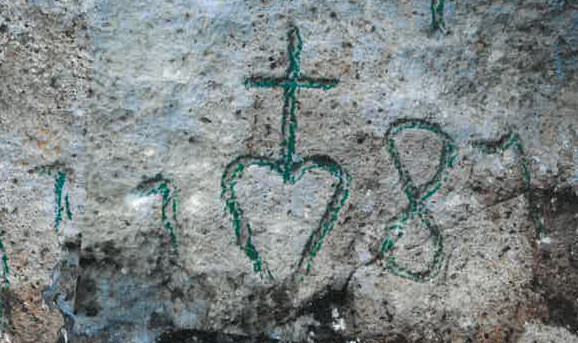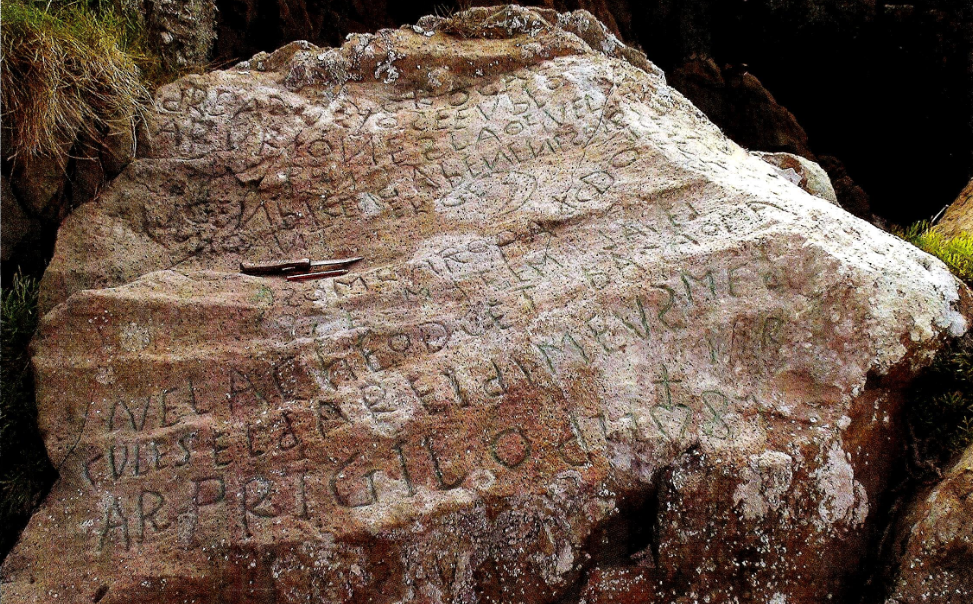I am referring, of course, to the opinion (put forward by the highly respected herbal historian Sergio Toresella) that the Voynich Manuscript was in some way connected with the family of “alchemical herbal” manuscripts. Might Sergio have been basically right about this, but not in the way he expected?
If you weren’t actually taking notes during the Alchemical Herbal 1.0.1 lecture, here’s a quick recap to bring you up to speed:
- there are about seventy known examples of alchemical herbals
- most were made in the 15th century (a few 14th, some 16th)
- all bar two were made in the Veneto area in Northern Italy
- the plants are mostly real, but accompanied by nutty visual puns
- the plant names are, essentially, evocative nonsense
- some copies have recipes attached to some/most of the plants
- such recipes are often magical spells or incantations
- nobody knows why the alchemical herbals were made at all
Given that Toresella thinks the Voynich Manuscript was written in a North Italian humanistic hand typical of the second half of the fifteenth century, it’s hard not to notice the long list of similarities between it and the alchemical herbals. However – and here’s the tricky bit – the question I’m posing here is whether Toresella might have been right about this connection, but not at all in the way he expected.
The Layout Is The Message
Over the years, I’ve discussed a good number of places in the Voynich Manuscript where it seems to have been copied. My argument for this (running right back to The Curse of the Voynich) is based on places where I believe voids in the predecessor document have been copied through to the Voynich Manuscript itself.
For example, I would argue that the man-made hole (the same one that Toresella concluded [quite wrongly, I think] had been rubbed through the vellum in a sexual frenzy) was in fact a copy of a hole that had had been elaborated around in the predecessor document. Similarly, I think a large space running down the page edge in Q20 was highly likely to be a copy of a (probably stitched) vertical tear in the predecessor document. (Which is also why I think we can tell that the predecessor document was also written on vellum, because you can’t stitch paper.)
Codicologically, the overall conclusion I draw is quite subtle: from all this, I believe one of the key design criteria driving the way the Voynich Manuscript was constructed was to allow the writer to retain the predecessor document‘s layout. In short: Layout Is King.
But this has a rather odd logical implication. Similarly to Marshall McLuhan’s famous dictum “The Medium Is The Message”, might it be the case here that, in fact, The Layout Is The Message? By which I mean: might it be that Voynich researchers have spent such a long time looking for matches with the plants, when in fact the important detail was actually the shape of the void on the page that had been filled in by the plants?
What I’m suggesting here is not only that the plants chosen to fill in the voids on the Voynich Manuscript’s pages might largely be meaningless filler (literally), but also that I suspect we might possibly also be able – with a bit of herbal help from Sergio Toresella and others – to use the shapes of these voids to reconstruct the plants that had originally filled them.
And if we can identify any page’s original plant, we would have a gigantic source crib that would suggest a block paradigm match with any recipe associated with that plant, particularly from any of the (relatively small) number of herbals that have recipe text attached to that plant. So you should be able to see where I’d like to go forward with this. 🙂
The 98 Secret Herbs And Spices
All the same, I suspect more than a few Cipher Mysteries readers are now thinking something along the lines of “well, even if that kind of approach is theoretically possible, it must surely be impossible in practice“.
And without any additional information to work with, I’d basically agree. However, I also think we have a large number of additional angles we can pursue in combination with this that might offer up the kind of additional information we would need to narrow down our overall search space.
The first one is the list of 98 named plants that Vera Segre Rutz lists as being present in the bulk of alchemical herbal manuscripts. Philip Neal helpfully offers up a list of these 98 plants:
- Herba Antolla minor
- Herba Bortines
- Herba Torogas
- Herba Nigras
- Herba Stellaria
- […]
…all the way through to Herba Consolida mayor and Herba Consolida minor. On the face of it, these might appear to be of no use to us at all. However, I have long argued that the way that Herbal A pages are mixed up with Herbal B pages tends to confuse many issues: and it is a little-known fact that there the Herbal A pages contain 95 drawings of plants (and that there is also a Herbal A folio missing, bringing the total up to 97 or so drawings).
And so I strongly wonder whether the 97 or so Herbal A drawings (or rather their underlying voids) correspond to Segre Rutz’s 98 plants in the mainstream of the alchemical herbal tradition. Otherwise it’s a coincidence, for sure, and nobody likes coincidences much.
Again, you may object that this is not specific enough to be helpful. However, I’d point out that the alchemical herbal plants were very often included in specific orders: and that even if all the Voynich Manuscript’s bifolios have ended up in the wrong order, every pair of images on consecutive pages is guaranteed to be in the right order (i.e. the recto side then verso side of the same folio).
It might well be that an inspired guess plus a bit of cunning detective work will be enough to build the crucial missing linkage here. After all, we don’t need much.
Punning Clans
Puns (specifically visual puns) are another key way we might able to find a way in here. Toresella, in his “Gli erbari degli alchimisti”, lists examples where alchemical herbal drawings reflect the name of the plant, e.g. Herba Brancha Lupina can have its root stylized to look like a wolf. Here’s a wolf-root from Vermont MS 2 (as discussed by Marco Ponzi):
Note I’m not suggesting here that we should literally look for exact parallels in the Voynich Manuscript. However, my guess is that the intellectual temptation offered to the author by the chance to include / adapt / appropriate visual puns when creating filler plant drawings would be almost impossible to turn down.
And so I’m wondering whether there might turn out to be entire families (nay, clans) of Voynich herbal drawings that contain curious punny echoes of the original (though now invisible) herbal drawings.
One visually striking example of the kind of thing I have in mind is the pairs of red-outlined eyes in the roots of Voynich Manuscript f17r. I’m specifically wondering here whether these eyes might be a punny reference to Herba Bososilles (one of the alchemical herbal set of 98), which is – according to the paragraph of text in BNF Latin 17844 – good for the eyes. Here’s a picture with the coloured drawing from Canon Misc 408 with the text from BNF Latin 17844 cut’n’pasted below it:
Reminding vs Remembering
Ultimately, though, I have to say that I don’t believe that the plants we see on the pages of the Voynich Manuscript are likely to directly help us in the way that Voynich researchers over the last century (and more) have hoped. Calling them “phantasmagorical” (as I think Karen Reeds once did) may be technically accurate, but it is certainly practically unhelpful: we do not have long lists of phantasmagorical 15th century mss to compare it with.
The primary function of these plant drawings, I therefore suggest, may well lie not in their literality (i.e. in their ability to encode external information, to remember information for the author), but in their evocativity (i.e. their ability to stimulate recollection, to remind the author of that-which-was-there-before).
If this is right, we must find ways of resisting the temptation to try to literally read what we see in these plant pages, and instead attempt to start looking at them far more indirectly. Who know what we will see out of the sides of our eyes?
